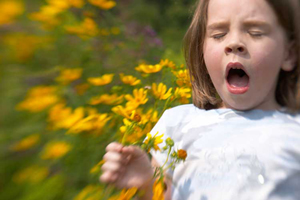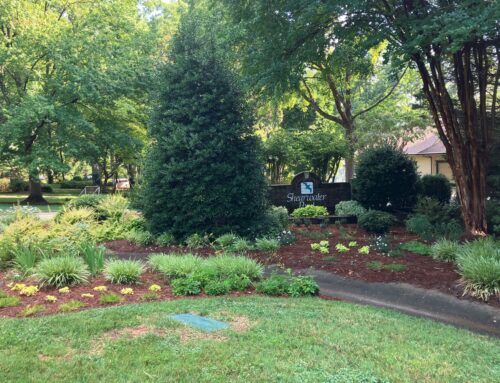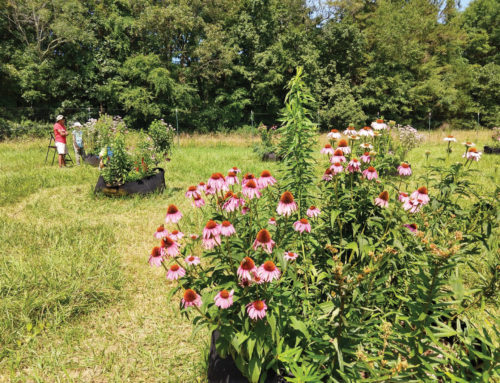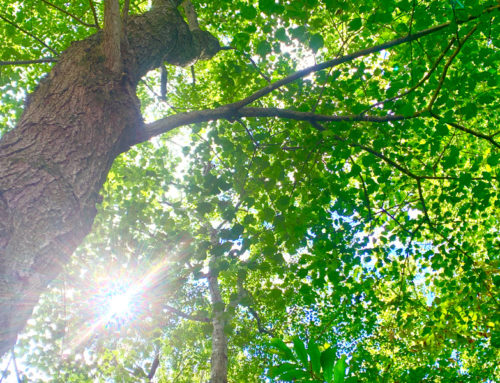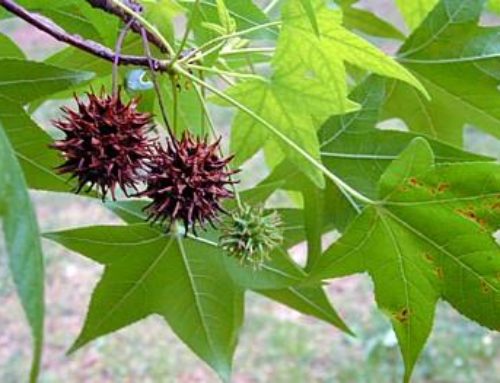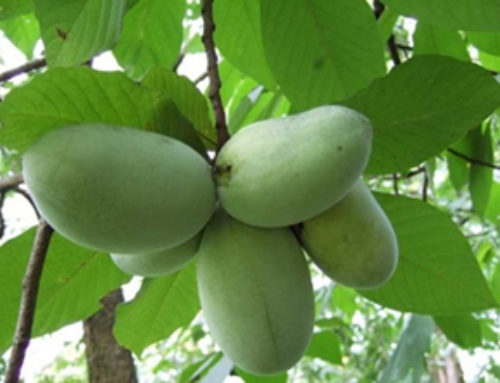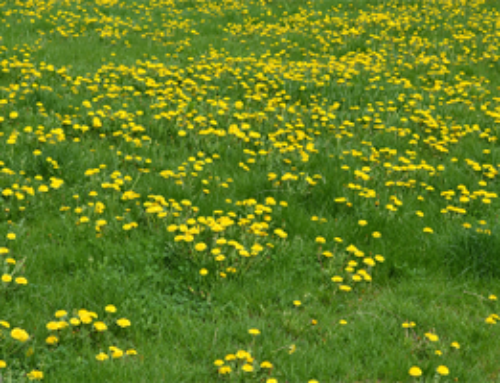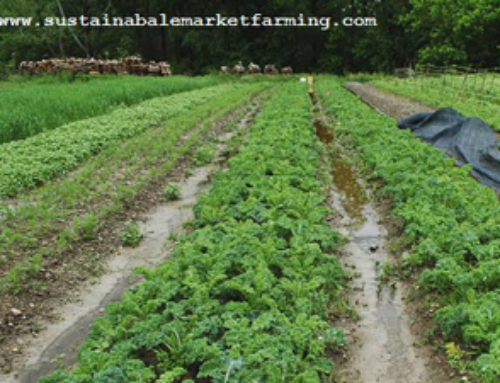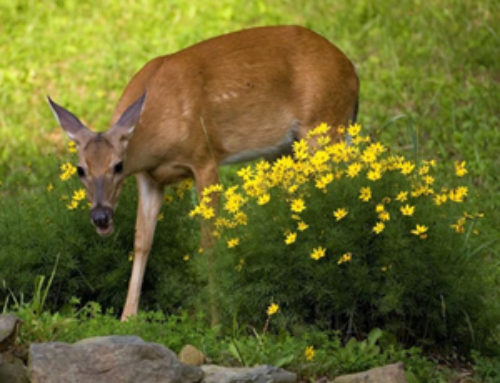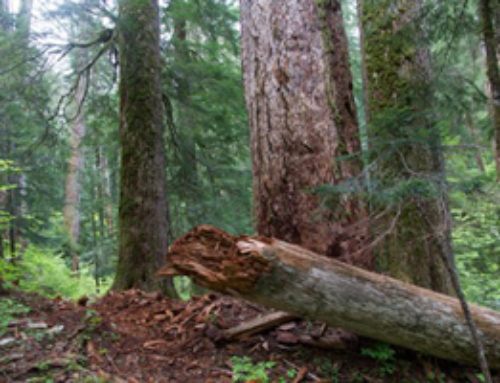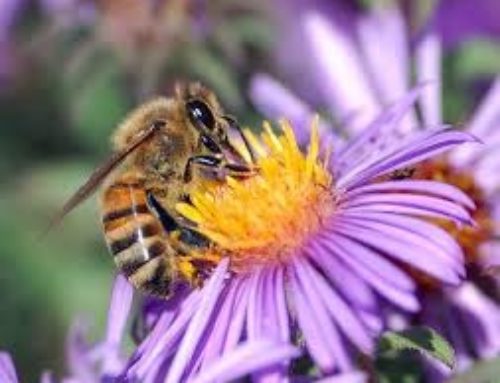It’s spring, which for many of us here in Davidson means the return of flowers, birds, butterflies, and other pleasant things. However, it also means the return of something generally considered to be unpleasant—pollen. Pollen, be it from trees, from ragweed, or from flowers, is one of the leading causes of allergies.
However, pollen also plays an important role in nature. You might not be able to appreciate this while pollen is dusting your porch or caking the windshield of your car, but it is how plants reproduce.
Plants have two basic strategies for reproduction. In the first, the plant produces enormous amounts of pollen, disperses it far and wide, and lets it find another plant purely by chance. In the second, the plant produces very little pollen but takes special measures—such as attracting pollinators—to ensure that as much pollen as possible reaches another plant. Most plants that fall use the Lots-of-Pollen approach rely on the wind to carry their pollen from place to place; plants that favor the Special-Measures approach often rely on animals to help increase their chances of successful reproduction.
Animal-pollinated plants are usually pollinated by bees, butterflies, hummingbirds, and other animals that feed on nectar. The pollen that people are often allergic to, on the other hand, comes from plants that are pollinated by the wind. Wind-pollinated flowers are different in structure from insect-pollinated ones. The most obvious difference is that they lack both petals and nectar. In fact, if you’ve seen the yellow, grainy “catkins” of a pine tree on the ground, those are actually its flowers. The pollen is produced in large quantities and broadcast into the air, where it can trigger an allergic reaction if inhaled.
The structures of the pollen grains also differs. Animal-pollinated plants have sticky or spiky pollen grains, which allow them to stick to pollinators. Wind-pollinated plants, on the other hand, have much smaller pollen grains that are lightweight and rounder, making them aerodynamic enough to be blown about in the wind.
The flowers themselves are also different. As mentioned before, the flowers of plants that are pollinated by animals have conspicuous petals and produce nectar as a lure for their pollinators. However, they also have smaller stigmas—that is, a part of the flower located inside it to serve as a pollen receptacle. In wind-flowering plants, the stigma is long and net-like so as to catch the pollen out of the air.
Whether wind-pollinated or animal-pollinated, flowers are an indispensable part of our ecology and a globally recognized symbol of spring. So one day, when the weather is nice, take a walk outside and enjoy the flowers. Just avoid breathing in too much pollen!


